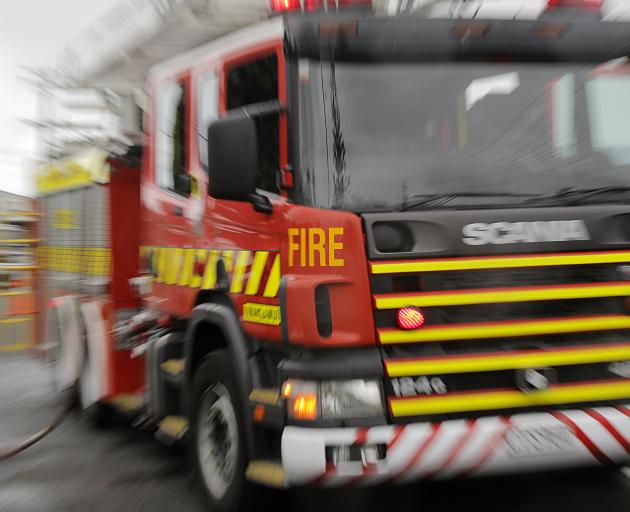
A Fire and Emergency New Zealand investigation into a fire which heavily damaged two ambulances at the Barry Ave St John station on December 30 found the fire had likely originated at a jump-start port which was destroyed in the fire.
The ambulance, a 2009 Mercedes Benz Sprinter, had frequently suffered a flat battery, the investigation report said.
A wire from the starter motor was found spot-welded to the engine bay and appeared to have arced with damaged wires and an earth strap.
While the battery isolation switch had been in the off position, it did not cut power to the starter motor.
Two ambulances of the same model had also suffered issues, one reporting ongoing flat batteries in Queenstown and the other having caught fire in 2019 while transporting a patient to Auckland Hospital.
An examination of the Queenstown ambulance showed that the starter motor cables and other cables nearby were loose, resulting in extra movement while in operation, the report said.
Suspicious activity was ruled out and classification of the incident was ruled as an accidental mechanical event, with low certainty, the report said.
Hato Hone St John infrastructure general manager David Thomas said fires in commercial vehicles could occur globally.
Mercedes service agents had inspected all battery systems across the Hato Hone fleet and no modifications had been required.
"We are confident there is low risk of vehicles in our fleet catching fire," Mr Thomas said.
Both ambulances affected in the Cromwell fire were written off, covered by insurance and replaced on the same day of the fire with spare equipment.
Batteries going flat was not isolated to a particular make or model and the chance of it happening was very low, although there had been a few occasions where batteries had run flat in frontline ambulances.
The problem was usually detected at the start of a shift and fixed with a jump start.
It typically happened as a result of the extensive electronics in each vehicle not being turned off at the end of a shift.
"We have notified the relevant ambulance staff to ensure the necessary checks are made to their emergency vehicles at the start of each shift," Mr Thomas said.











